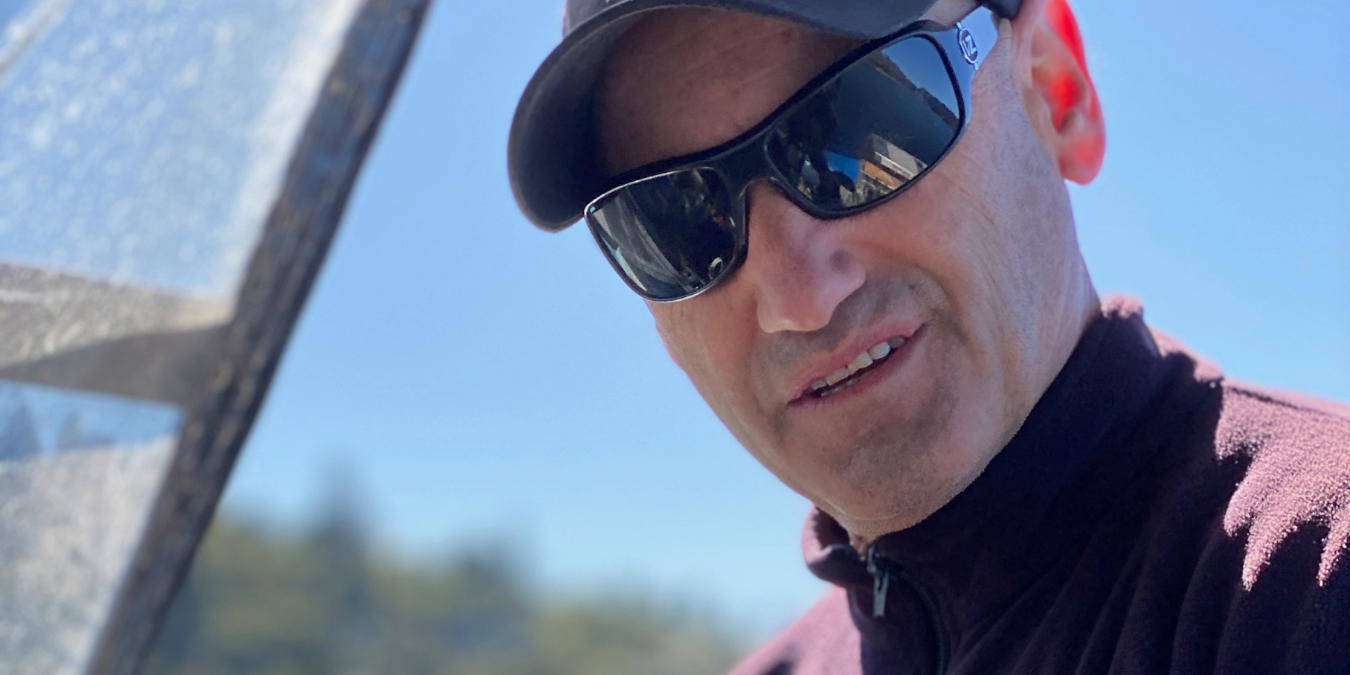Dr Ian Kusabs has proven that a traditional Māori fishing method stacks up scientifically for monitoring the health of lakes and streams.
Tau kōura uses bundles of bracken tied to submerged ropes, which provide an attractive habitat for native crayfish. Kōura is a keystone species in our freshwater ecosystems and function in Dr Kusabs’s words as “…the canaries of the freshwater coalmine.” However reliable, repeatable monitoring is not possible using conventional equipment such as underwater cameras or fish traps. Non-invasive, capable of catching both large and small kōura and effective in all seasons, tau kōura proved to be the best tool for quantifying the critical critters. Dr Kusabs’s research has enhanced understanding of key threats to kōura, highlighted economical ways to enhance kōura habitat and revived engagement in traditional fishing practices.
Dr Ian Kusabs
Trapping a Tricky Taonga
University of Waikato Vision Mātauranga Science Award
Dr Ian Kusabs has proven that a traditional Māori fishing method stacks up scientifically for monitoring the health of lakes and streams.
Tau kōura uses bundles of bracken tied to submerged ropes, which provide an attractive habitat for native crayfish. Kōura is a keystone species in our freshwater ecosystems and function in Dr Kusabs’s words as “…the canaries of the freshwater coalmine.” However reliable, repeatable monitoring is not possible using conventional equipment such as underwater cameras or fish traps. Non-invasive, capable of catching both large and small kōura and effective in all seasons, tau kōura proved to be the best tool for quantifying the critical critters. Dr Kusabs’s research has enhanced understanding of key threats to kōura, highlighted economical ways to enhance kōura habitat and revived engagement in traditional fishing practices.





